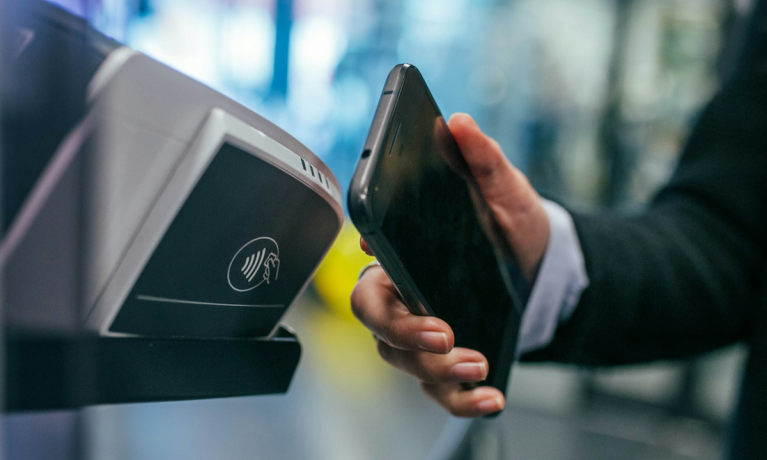
Consumers’ use of digital wallets is evolving beyond just making purchases, and younger generations are showing the way forward.
The PYMNTS Intelligence report “Digital Wallets Beyond Financial Transactions: A Global Perspective,” created in collaboration with Google Wallet, drew from a survey of more than 12,000 consumers across the United States, the United Kingdom, Brazil, France and Germany. The study examined how consumers use their digital wallets beyond making payments and how they intend to use them in the future.
Here are three of the broad-stroke takeaways.
Generation Z is leading the charge with digital wallets. The study found that 48% of consumers in this generation now carry a physical wallet with them all the time versus the nearly two-thirds of the population overall that does so. Conversely, 10% of Gen Z consumers rarely or never carry a physical wallet with them, a greater share than any other generation.
Additionally, the study noted that 27% of Gen Z individuals stored their access and payment credentials in their digital wallets in the last year. In contrast, for Generation X consumers, that share is just 17%.
“In this respect, these [younger] consumers can be seen as more likely to be digital pioneers for doing more than making payments with and storing information in digital wallets,” the study said.
Digital wallets are gaining traction for their features beyond making purchases, but for now, transactions remain the most common use of the technology. The study found that 41% of consumers said they would likely use digital wallets to carry out financial transactions in the next year, just ahead of the 40% that said the same of storing and accessing payment methods.
Meanwhile, 29% said they would use the technology for age or identity verification; 28% to store and access rewards, discounts or coupons; 25% to store and access event tickets; and 24% to store and access financial documents or information.
“Data suggests that familiarity with digital wallets is the key bridge to cross for engaging new users, and even a portion of those skeptical today could become the digital wallet users of tomorrow,” the study found.
As consumers consider their future use of digital wallets’ functionality beyond transactions, the convenience of having them always at the ready proves a key factor. One in three consumers said always having a digital wallet with them boosts their likelihood of using its access and verification capabilities in the future — a greater share than said the same of any other digital wallet advantage.
Thirty percent of consumers, meanwhile, said the fact that these features come at no or low cost increases their likelihood of using them, and a similar share said the same of the high security for their money that digital wallets provide.
Still, even with this convenience, there remains a segment of doubtful consumers who are unlikely to be swayed to adopt these features.
“Despite the overall interest, the more challenging audience of skeptics will be tough to persuade, as nearly half say nothing could convince them to use a consolidated digital wallet under any circumstance,” the study noted.